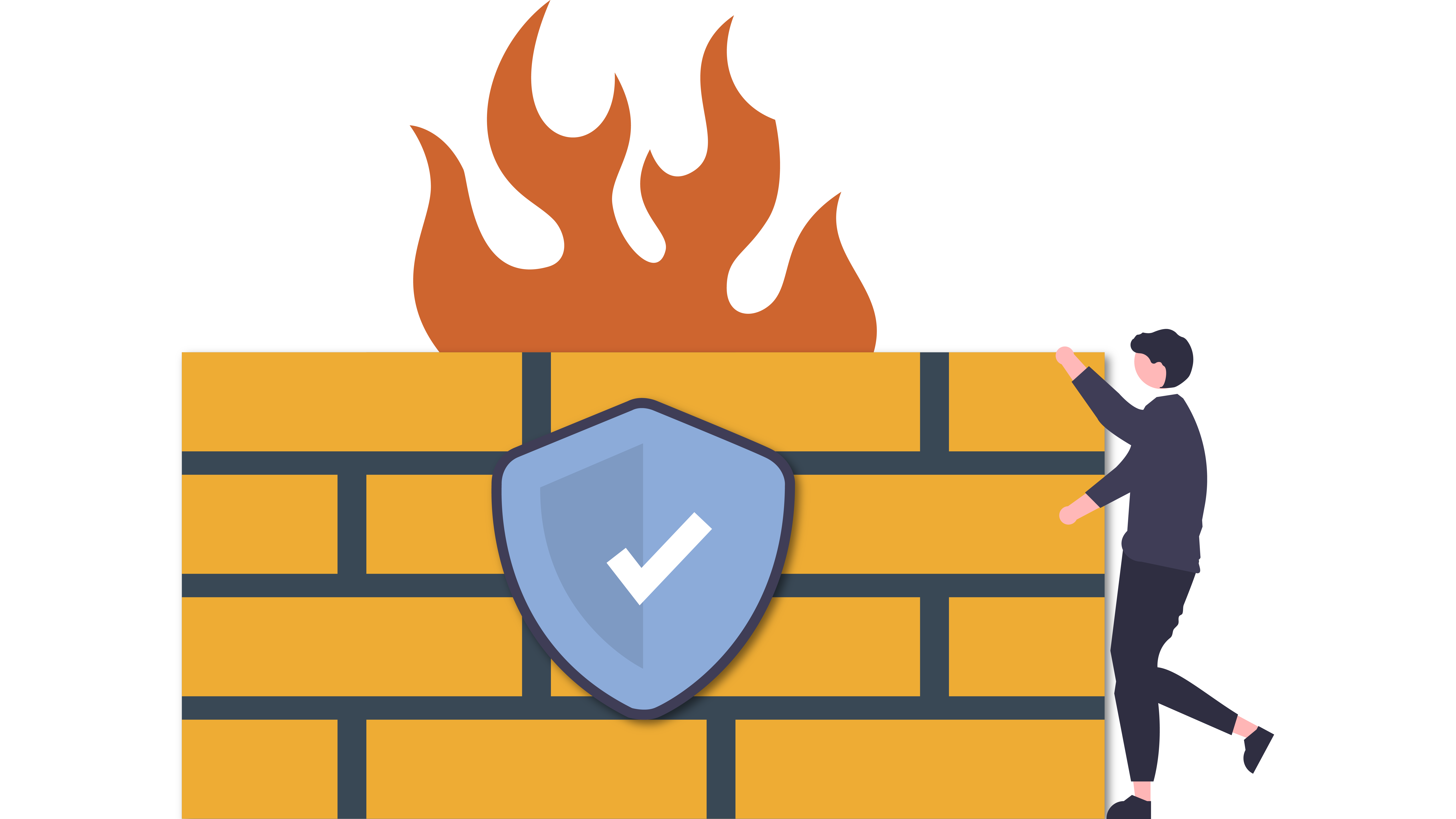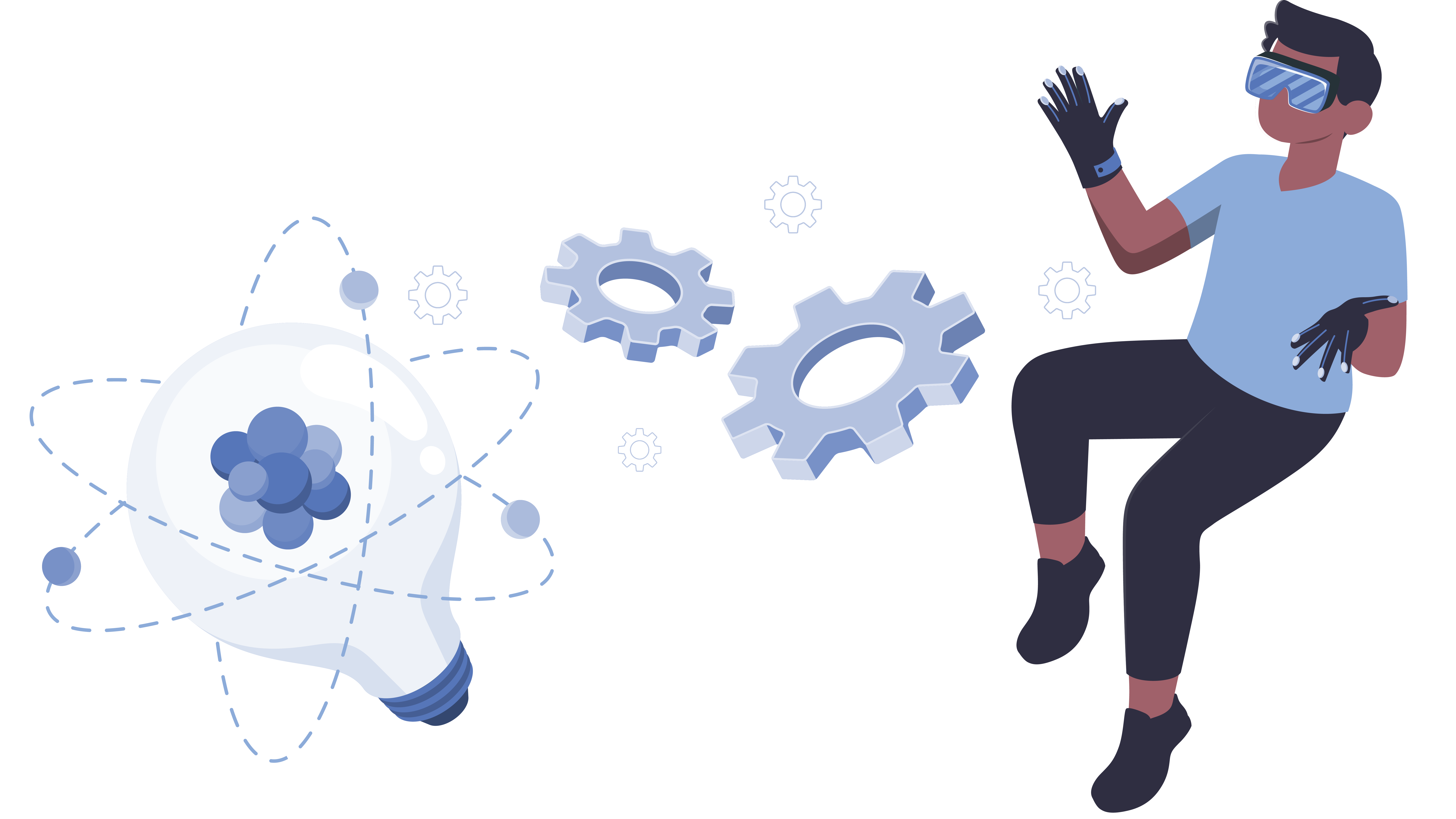
Our relationship with technology has often been seen as ‘us versus it’. Who hasn’t complained about a laptop or cellphone having a mind of its own? Yet, this has changed into something more symbiotic. Not only are people increasingly comfortable using technology, but many are even oblivious to how much it has permeated their lives. So what do the next few years hold?
Most trends and opinions point to a more connected and digital future. Just take a look around and you will inevitably see someone staring at a screen of some sort. Last year, the number of mobile devices and connections globally grew to 7.9 billion. If you think that is impressive then consider that analysts are expected this to grow to 11.6 billion by 2020. Clearly being mobile lies at the heart of our digital future.
Here are a couple of Nerd predictions.
Augmented reality
The way people view augmented reality (AR) has irrevocably changed earlier this month (July) when a little mobile game called Pokémon Go was launched. If you somehow missed all the buzz, excitement, and countless Facebook posts around it, here is the skinny.
Pokémon Go boils down to using your phone to capture, train, and battle other Pokémon characters. Okay, nothing amazing there. The difference is in how you do it. When you open the app, it shows a map of the area around you with various points of interest marked. The player has to physically walk to those points to get rewarded with items and experience points by pointing the camera of the phone to the area. Players also see Pokémon running around through the screen with the AR layer of the game.
In the first week since its launch, it has done the unthinkable on the internet – become more popular than porn. For the first time, porn was outstripped on Google by searches for Pokémon Go. And according to SurvekyMonkey, within 24 hours of its release in the US, it became the biggest mobile game in that country’s history quickly surpassing the amount of daily active users in the country and, by the time you read this, in the world.
Stock in Nintendo, the publishers of the title, soared by almost 10 percent in three days since its launch adding $7.5 billion to the market value of the company. This is already resulting in other companies looking at ways to capitalise on its success with fitness AR apps and other games.
Very exciting times ahead.
The Internet of Things
You have probably come across the term Internet of Things (IoT). Cutting through all the technical jargon, this boils down to having devices being connected to the internet. These range from the obvious (mobile phones and tablets) to the funky (the likes of televisions, fridges, toasters and cars), to the downright fascinating (embedded chips under our skin, augmented reality contact lenses, etc.).
Love or hate the idea of having everything around you (possibly even your clothes) connected to the Internet, the truth is that it will change the way people behave. Cynics feel that this will lead to a loss of personal privacy and take away from ‘real-life’ experience. But with more managed, possibly conservative engagements, the benefits to individuals and businesses could be amazing. It might sound silly now, but imagine if fridges came with internal cameras and an Internet connection by default. When you’re grocery shopping you simply open the ‘fridge app’ and see what you need to buy or, because of special barcodes which are scanned automatically, what is expiring soon.
The decline of the smart device
A decade ago your desktop had to have as much hard drive space, CPU power, and memory you could afford. In fact, the way Dial a Nerd used to sell computers was to ask someone their budget, determine their needs and then maximise the capacity of whichever aspect(s) they needed most.
Too little memory and using multiple applications was painfully slow; an underpowered CPU and applications took ages to start or process data. Today, and increasingly in the future, you can get away with much cheaper and less powerful devices. Why? Because the power is in the Cloud. It’s set up, maintained and paid for by someone you rent the capacity from. Would you rather buy your own server or powerful desktop for tens of thousands of Rands and know that you’ll have to maintain it and probably throw it away in three years? Or would you rather rent a piece of a multi-million Dollar server which is someone else’s problem and is always up to date with the latest patches and security protection?
In the not-too-distant future, the devices we interact with will become dumber. The only aspects you might have a choice about will be the colour of the device or its battery life. It will have to have adequate Internet access and the processing and storage will be in the cloud. If this ‘dumb terminal’ breaks, it is simply a case of throwing it away, replacing it with a new one, linking it to your profile in the cloud, and getting immediate access to your settings and data again. No more complex configurations and lost ‘stuff’.
Innovative businesses
On the corporate side, Chief Information Officers who are already playing a vital role in any business will come under even more pressure to be innovative and marry technology with value. Every business knows that technology is essential in day-to-day processes. But as more and more software and services are released the questions will become more about evolving and less about maintaining the status quo.
Perfect examples of this are AirBnB and Uber. Taxi companies around the world don’t know what’s hit them. The really progressive ones had just implemented credit card machines in their cabs thinking this was convenient for customers. They didn’t see just how much more could have been done with mobile technology and in a way which had massive appeal for customers.
Evolution of IT support
With all of these changes in mind, there will need to be an evolution in the way IT support is delivered. If no one is using tech-heavy ‘intelligent’ devices, then there is less need for the traditional IT person. When your tablet or screen breaks, just buy a new one.
The traditional ‘upgrade’ market has already diminished and will probably disappear. Not only because you won’t need to upgrade as you rely more on the cloud, but because manufacturers simply won’t create upgradeable hardware. It’s much easier and cost-effective to have a production line which only creates one type of machine.
In the future, your IT person will need to know more about connectivity, software, and systems and less about hardware.
Internal IT departments will also have to change. Typically, they spend their time putting out fires, maintaining networks, making sure the Internet stays up, checking backups, and swapping the occasional keyboard. This work is already decreasing just because of the cloud. But more importantly, these departments will need to focus on pushing the tech boundaries and staying ahead of the curve. A business which isn’t at least keeping up with tech advances could be a company which isn’t competitive. Witness the taxi industry.
All told, the next four years will be very exciting as the world changes and technology becomes more affordable and accessible to people. Even in South Africa, connectivity speeds are on the increase, mobile data is becoming less expensive, and the youth is pure digital natives.
Bring on the future!



